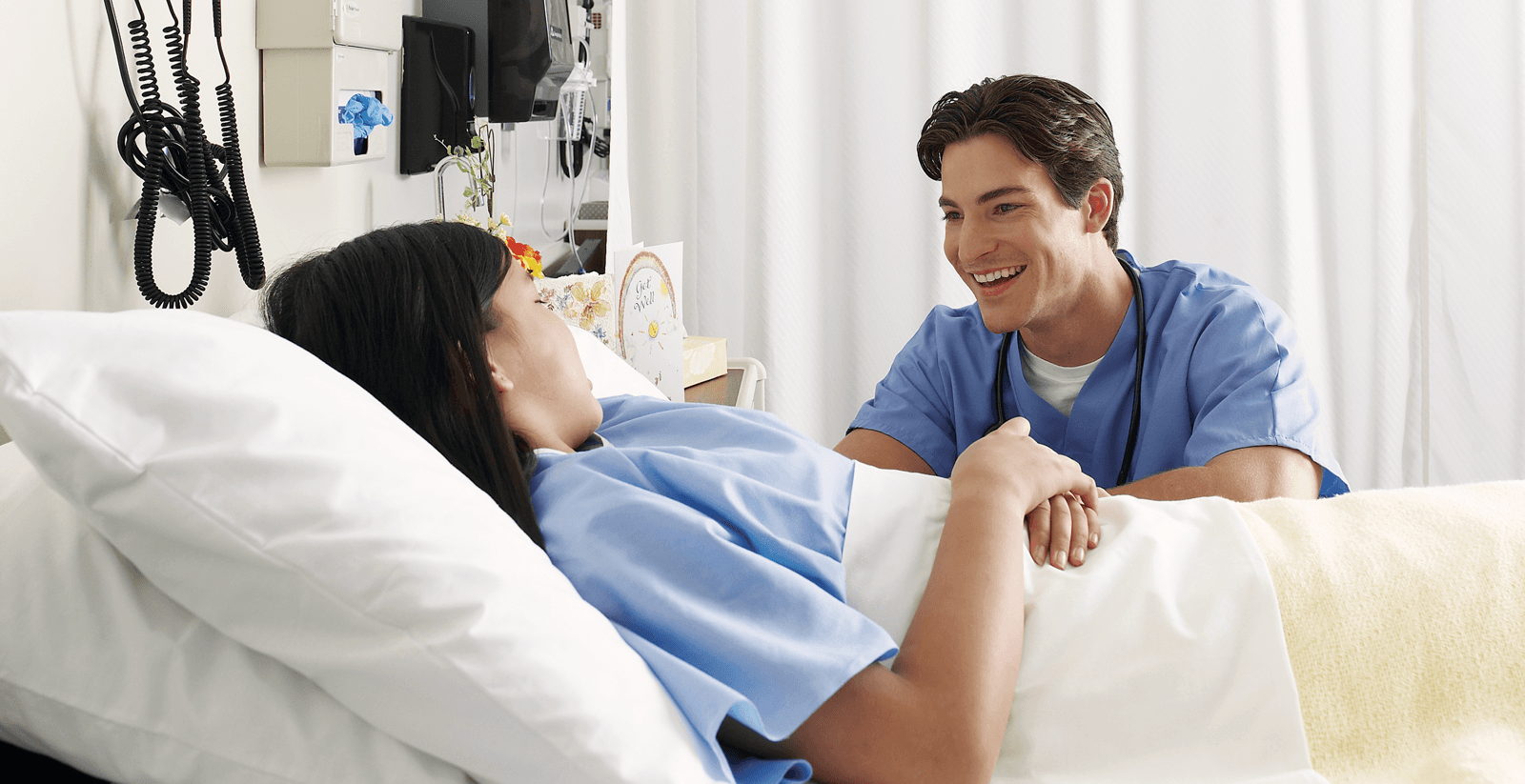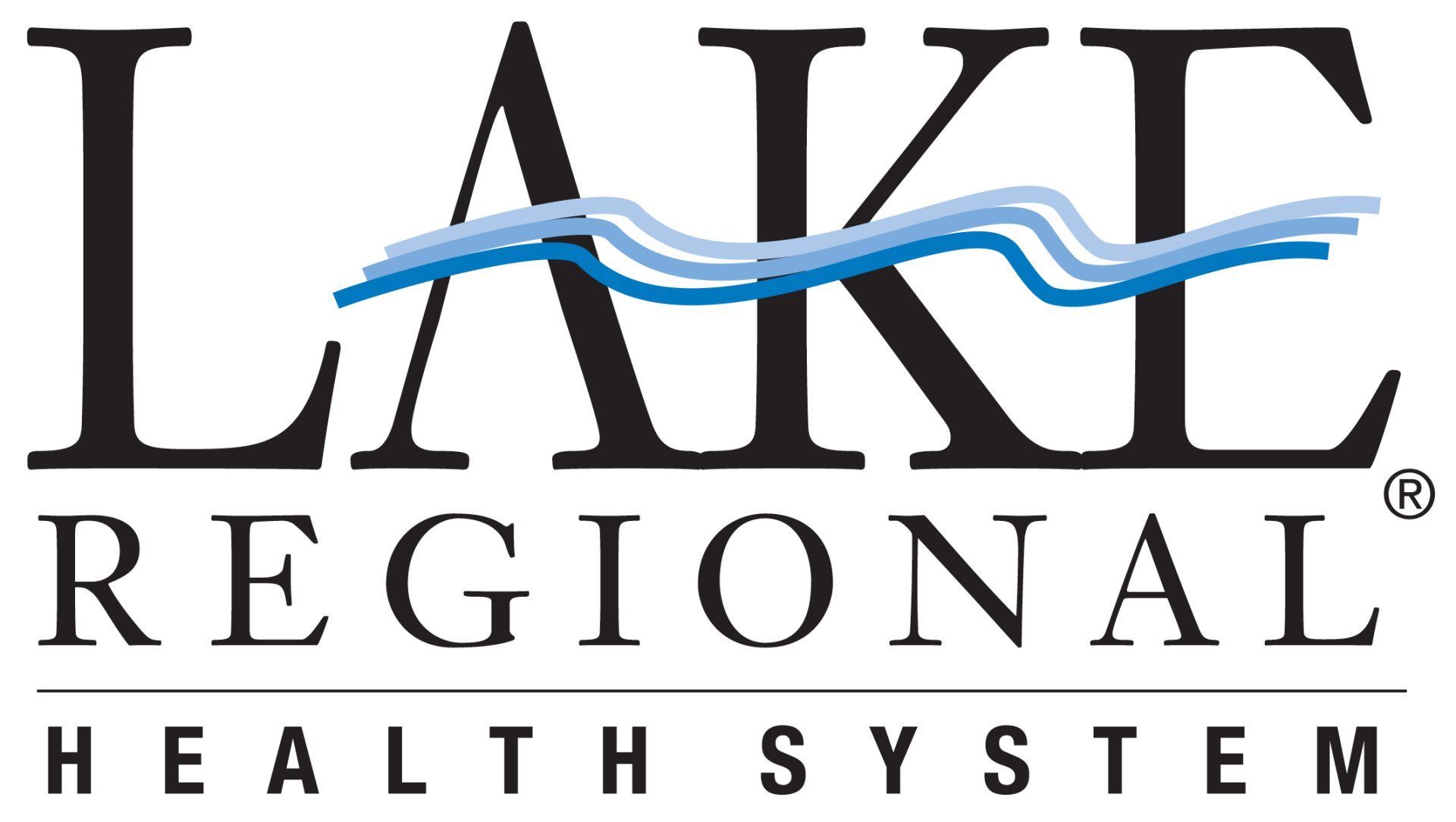Prevent Hospital Infections

Take Steps to Reduce Your Risk During Your Stay
According to the Centers for Disease Control and Prevention (CDC), 1 in 31 patients gets a healthcare-associated infection while staying at the hospital. The chart below lists common infections and steps you can take to prevent them.
Superbugs
A superbug is a germ that causes a bacterial, viral or fungal infection but doesn’t respond to usual treatments. These bugs make you sicker longer and increase your risk of serious complications. Common strains include MRSA, E. coli, C. diff and VRE. Superbugs spread from person to person by touching hands or objects. Learn how to protect yourself with the prevention tips below.
Catheter-Associated Urinary Tract Infections (UTI)
Germs enter your urinary tract while using a tube to drain urine
- fever
- burning or pain in lower belly
- bloody or frequent urination
- clean hands before touching area
- keep urine bag below level of bladder to prevent backflow
- don’t tug, pull, twist or bend the tube
- secure catheter to your leg and ask every day if it’s still needed
Surgical Site Infections
Germs affect the site of your surgery—either on your skin or internally
- redness
- pain
- drainage of cloudy fluid
- fever
- do not shave surgery site (irritation increases risk of infection)
- clean hands before touching area
- don’t let visitors touch or dress your wound
- ask your nurse to show you how to care for your wound
Central Line-Associated
Bloodstream Infections
Germs enter your bloodstream through a large tube that’s inserted in a vein near your neck, chest or groin
- red skin and soreness at site
- fever
- chills
- clean hands before touching area
- make sure staff wears gloves, gown, cap, mask and sterile drape when handling tube
- speak up if your bandage comes off, looks wet or dirty, or if your skin looks sore
- avoid touching tube or letting visitors touch tube
- ask that tube be removed as soon as possible
Ventilator-Associated Pneumonia
Germs enter your lungs through a tube in your mouth, nose or neck used to help you breathe
- cough with mucus
- nausea and vomiting
- fever and chills
- chest pain
- shortness of breath
- clean hands before touching area
- ask if it’s safe to raise the head of your bed
- know how often the inside of your mouth needs to be cleaned and speak up when it hasn’t happened
- ask that tube be removed as soon as possible
